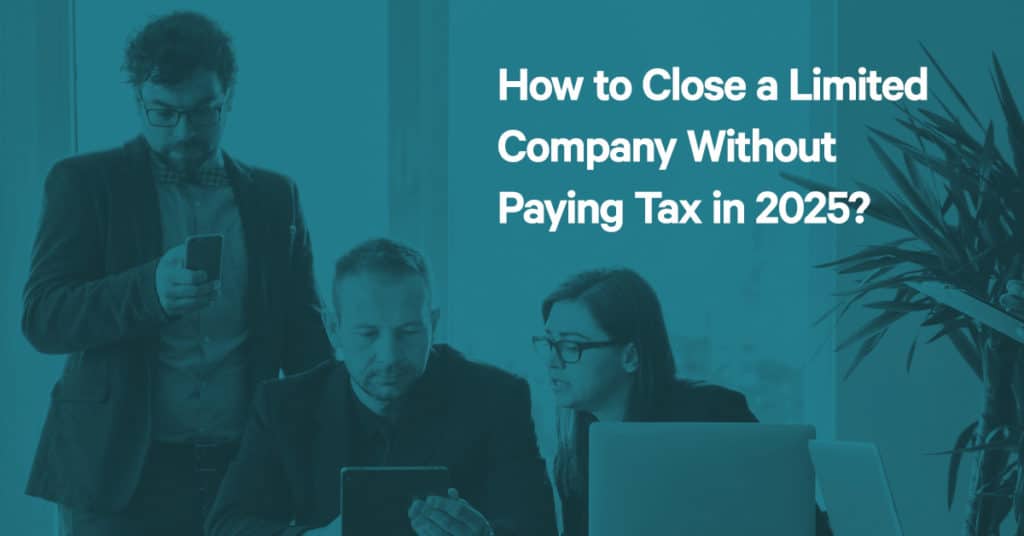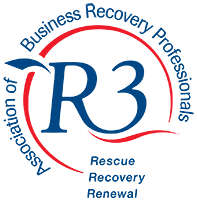Closing a limited company in the UK requires careful planning to maintain compliance with legal obligations and to minimise tax liabilities. While it’s impossible to entirely avoid taxes, selecting the appropriate closure method can help you close a limited company without paying excessive tax. By understanding the available options, you can make sure the process is smooth and legally compliant while maximising tax efficiency. Failing to follow the correct procedures could lead to unexpected tax bills or legal complications. This blog outlines the key considerations and strategies for closing your company in a tax-efficient manner.
Understanding your company’s financial position
Before deciding on a closure method, assessing whether your company is solvent or insolvent is essential, as this will determine the most appropriate course of action. A solvent company can pay its bills, meet all financial obligations, and distribute any remaining assets to shareholders. In contrast, an insolvent company cannot meet its financial commitments and owes more than it owns, meaning creditors must be considered in the closure process.
Understanding your company’s financial status is important, as different closure methods apply to solvent and insolvent businesses. Choosing the wrong approach could lead to unnecessary tax liabilities, legal issues, or delays in the closure process.
Options for closing a solvent company
If your company is solvent, you have two main options:
-
Applying for voluntary strike-off
This method is straightforward and cost-effective for companies with minimal assets and liabilities. To qualify, the company mustn’t have traded, changed names, or engaged in certain activities in the last three months. Before applying, you must inform interested parties, including shareholders, creditors, employees, and HM Revenue and Customs (HMRC), settle all debts and liabilities, and distribute any remaining assets among shareholders.
After completing these steps, you can apply to have the company struck off the Companies Register. It’s important to note that any assets not distributed before the strike-off will become the property of the Crown.
-
Members’ Voluntary Liquidation (MVL)
An MVL is suitable for solvent companies with significant assets or retained profits exceeding £25,000. This formal process involves appointing a licensed insolvency practitioner to liquidate the company’s assets and distribute the proceeds to shareholders. The benefits of an MVL include:
- Capital distribution: This is where distributions are treated as capital rather than income, potentially resulting in a lower tax rate.
- Business Asset Disposal Relief (BADR): Formerly known as Entrepreneurs’ Relief, BADR can reduce the Capital Gains Tax (CGT) rate to 10% on qualifying business assets, up to a £1 million lifetime limit.
To proceed with an MVL, directors must swear a declaration of solvency confirming the company’s ability to pay its debts within 12 months. Shareholders then pass a resolution to wind up the company.
Options for closing an insolvent company
If your company is insolvent, consider the following options:
- Creditors’ Voluntary Liquidation (CVL): In a CVL, directors voluntarily choose to liquidate the company due to insolvency. A licensed insolvency practitioner is appointed to sell the company’s assets and distribute the proceeds to creditors. This process ensures an orderly closure and may mitigate personal liability for directors.
- Compulsory liquidation: This occurs when a creditor petitions the court to wind up the company due to unpaid debts. If the court grants the petition, a winding-up order is issued, and the company is forced into compulsory liquidation. It’s generally considered a last resort and can have serious implications for directors, including potential disqualification.
Tax implications and considerations
Regardless of the closure method, it’s essential to address tax obligations:
- Final accounts and corporation tax: Prepare and file final statutory accounts and a Company Tax Return with HMRC, indicating that these are the final trading accounts. Pay any outstanding Corporation Tax.
- Capital Gains Tax (CGT): If assets are distributed to shareholders, they may be liable for CGT on any increase in asset value. Utilising BADR can reduce the CGT rate to 10% on qualifying assets.
- Income tax: If distributions exceed £25,000 and the company is struck off rather than liquidated, amounts over this threshold may be treated as income and subject to Income Tax.
Avoiding potential pitfalls
To close a limited company without paying unnecessary taxes, be mindful of the following:
- Targeted Anti-Avoidance Rule (TAAR): Introduced in 2016, TAAR applies if you start a similar business within two years of closing your company. In such cases, distributions may be treated as income rather than capital, leading to higher tax liabilities. Make sure that the closure is genuine and not primarily for tax avoidance.
- Outstanding liabilities: To avoid legal complications, settle all debts, including taxes and employee wages, before closure. Failing to do so can lead to claims from creditors or legal action, further delaying the closure process and potentially exposing directors to personal liability. Ensuring all financial obligations are fully addressed is essential to facilitate a smooth and compliant closure.
- Proper asset distribution: Distribute all assets before applying for strike-off to prevent them from becoming bona vacantia (ownerless property that passes to the Crown).
Tax-efficient company closure: Key considerations
Closing a limited company in a tax-efficient way requires careful consideration of your company’s financial position and the most appropriate closure method. Whether your business is solvent or insolvent, choosing the right approach can help minimise tax liabilities and make sure the winding-up process is seamless.
By understanding the available options and associated tax implications, you can effectively close a limited company without paying excessive tax while avoiding potential legal complications. Seeking advice from a qualified insolvency practitioner is highly recommended, as they can provide expert guidance tailored to your specific circumstances, helping you navigate the process efficiently and maintaining full compliance with all legal and tax obligations.
Get in touch with an expert today
Our team is here to advise on the best insolvency solution for your individual needs. Our qualified, knowledgeable Insolvency Practitioners are authorised by the Institute of Chartered Accountants in England and Wales and can provide free, impartial advice to make sure you liquidate your business most cost-effectively. Contact us using the form below, via our live chat, email at mail@simpleliquidation.co.uk, or call 0800 246 5895, and we’ll be happy to help.




